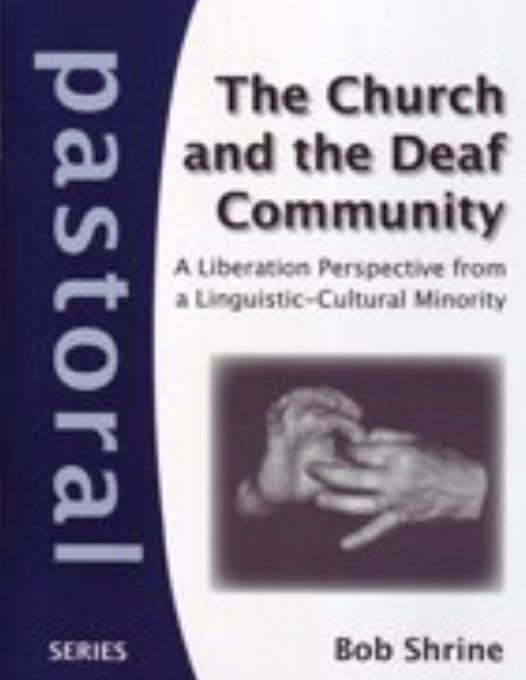
What is “Deafhood?”
Bob Shrine, author of The Church and the Deaf Community, describes Deaf culture as mono-generational. So what role might the Church have in addressing the mono-generational challenge to the Deaf community?
Shrine says of Deafhood, it is the “Deaf sense of being, both individually and collectively.” He sees it as representing a process: the struggle of each Deaf child, Deaf family and Deaf adult to explain to themselves and each other their own existence in the world.
This positive concept of Deafhood stands in marked contrast to the negative connotations of the medical term “deafness” (p. 6-7). This speaks to the existential lived experiences of Deaf people, rather than something easily put to paper. Kusters and Meulder (2013) agree in an article in the American Annals of the Deaf, articulating the concept, “The authors find that the vagueness and wideness of the Deafhood concept is one of its strengths” (p. 428). Ladd (2003) himself seemed to agree in his famous publication. He wrote: “Deaf culture in many respects is centered around Deaf traditions. Indeed, Mindess (2000) raises the question of whether it might be more ‘ 'past-oriented' than some other cultures. What Deafhood offers is the chance for a community to find out what it might become once the weight of oppression is lifted” (P. 409). I think of Deafhood, Deaf personhood, to be defined by more than just Deaf culture and norms, but a term that encompasses the glories and positive strength of the Deaf lives.
Deaf culture is usual mono-generation because the language of a Deaf child is not passed down from parents and grandparents; 90% of Deaf people were the first generation in their family tree to communicate in American Sign. As we see residential schools virtually disappear and Deaf school census grow smaller can the Church have a role is preserving, handing down, or promoting the heart language of Deaf people? It can. Deaf churches can be welcoming places for families with Deaf members. The Deaf church, if it is not Deaf-only and embraces families and families-of-choice, can be an immersion into ASL for worship, holiness, theology, and fellowship. It could be safe space for growth. It can be enthusiastically intergenerational and bring generation together though the language. Deafhood may be a concept to decontextualize Christianity and the Church. Author Hannah Lewis, writing as a Deaf person, is distrustful because the dominant ideology in society has maintained a life situation that denies her Deafhood and focuses salvation on a hearing Savior.
References
- Kusters, A., De Meulder, M. (2013). “Understanding Deafhood: In Search of Its Meanings“, American Annals of the Deaf 157(5):428-38
- Ladd, P. (2003). Understanding Deaf Culture: In Search of Deafhood. Multilingual Matters LTD. Clevedon, UK.
- Lewis, H. (2007). Deaf liberation Theology: Explorations in Practical, Pastoral and Empirical Theology (Kindle ed.). NY: Routledge.
- Shrine, B. (2011). The Church and the Deaf Community: A Liberation Perspective from a Linguistic-Cultural Minority. Cambridge, UK: Grove Books Limited.
NB: These remarks are in part the product of a course with the Rev. Dr. Thomas Hudspeth (https://www.facebook.com/thhudspeth), Deaf clergy in the UMC, minister, pastor, missionary, and educator.
Bob Shrine is a Deaf Anglican priest serving as vicar in the Deaf communities of West Yorkshire. He is a member of the Archbishops' Council's Committee for Ministry of and among Deaf and Disabled People, and Chair of Deaf Anglicans Together. His other activities include working with a project involved in translating the Bible into British Sign Language (BSL), and teaching on a university theology course taught and assessed in BSL.

